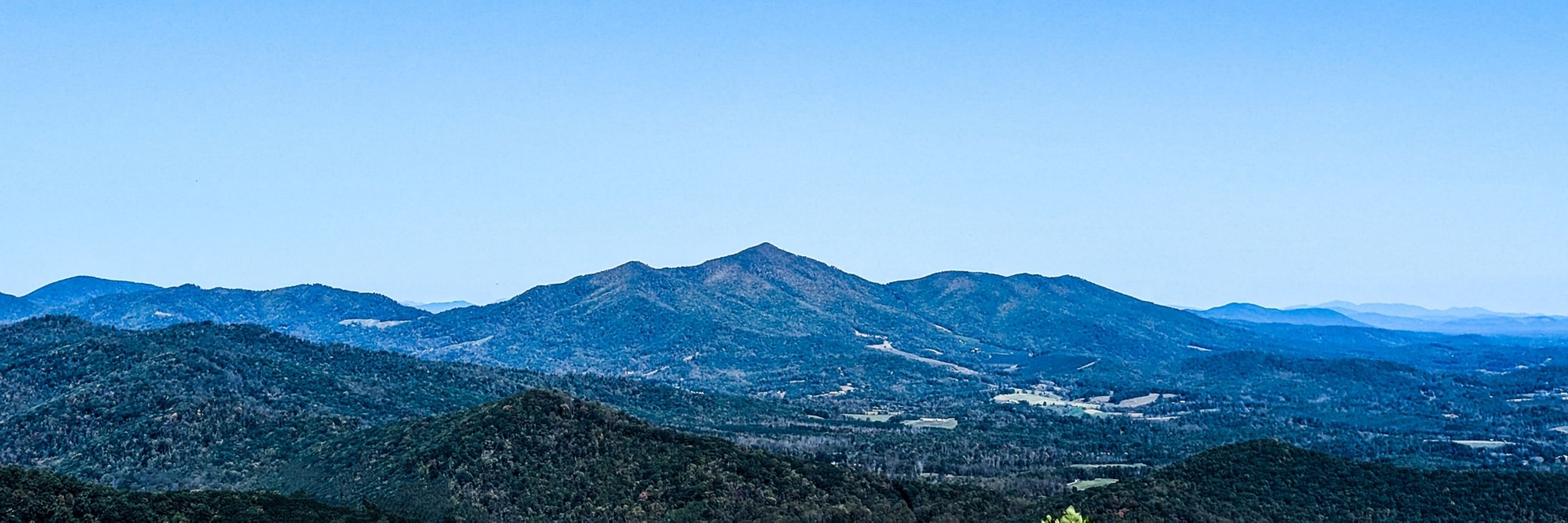
Website: https://olivialbrooks.weebly.com/
doi.org/10.1007/s004...

doi.org/10.1007/s004...



Defensive fungal symbiosis on insect hindlegs | Science www.science.org/doi/10.1126/...

Defensive fungal symbiosis on insect hindlegs | Science www.science.org/doi/10.1126/...

― Jane Goodall (1934-2025)
― Jane Goodall (1934-2025)
In our latest paper, we describe a behavior in disc-winged bats that is endearing and a little fearsome. When threatened, these bats shake the leaf, producing a loud drumming-like sound. This display likely signals to predators that the bats are aware of their presence.

In our latest paper, we describe a behavior in disc-winged bats that is endearing and a little fearsome. When threatened, these bats shake the leaf, producing a loud drumming-like sound. This display likely signals to predators that the bats are aware of their presence.






📸 Diego González Dopico and Christian Fischer
learn more about the toad 🐸 at buff.ly/oJHHCYi


📸 Diego González Dopico and Christian Fischer
learn more about the toad 🐸 at buff.ly/oJHHCYi
Tell your colleagues, we need ya!
@skypeascientist.bsky.social matches scientists with classrooms, libraries, & more for virtual Q&As! It's easy and fun!
We are looking for 750 more volunteers by 8/15
If you're down to chat with 1-5 classrooms this semester, sign up here
www.skypeascientist.com/sign-up.html

Tell your colleagues, we need ya!

#birds
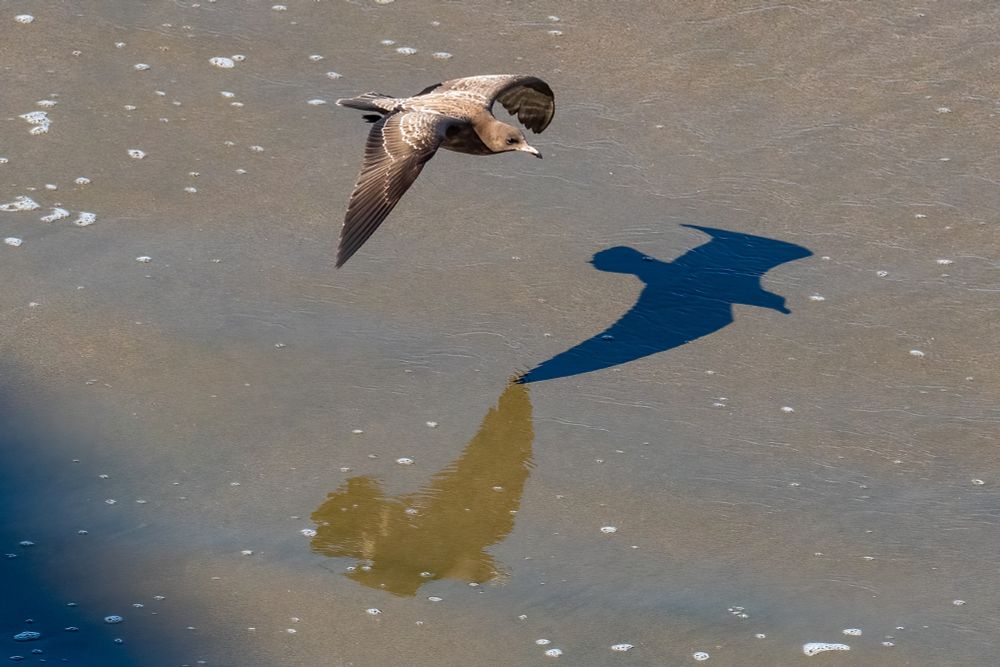
#birds
YOU SPRINT FOR IT!
Those feet were made for that!
#Birds #photography #wildlife 🪶

YOU SPRINT FOR IT!
Those feet were made for that!
#Birds #photography #wildlife 🪶
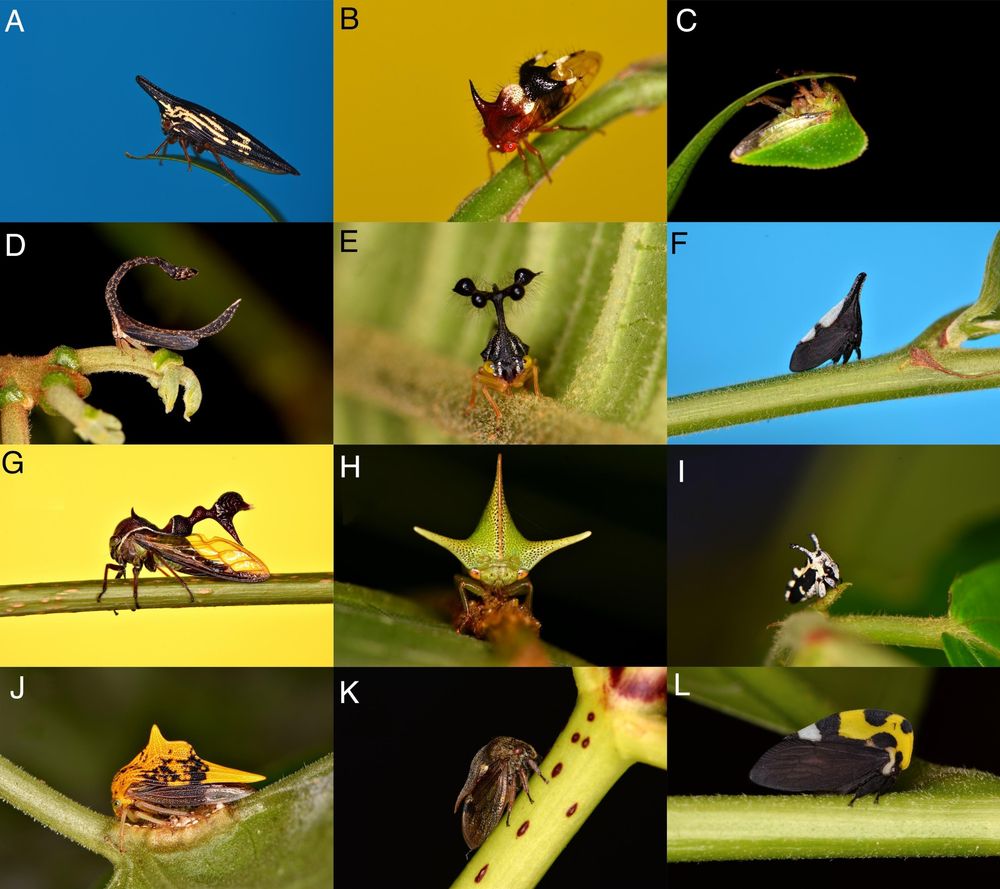
www.journals.uchicago.edu/doi/10.1086/...
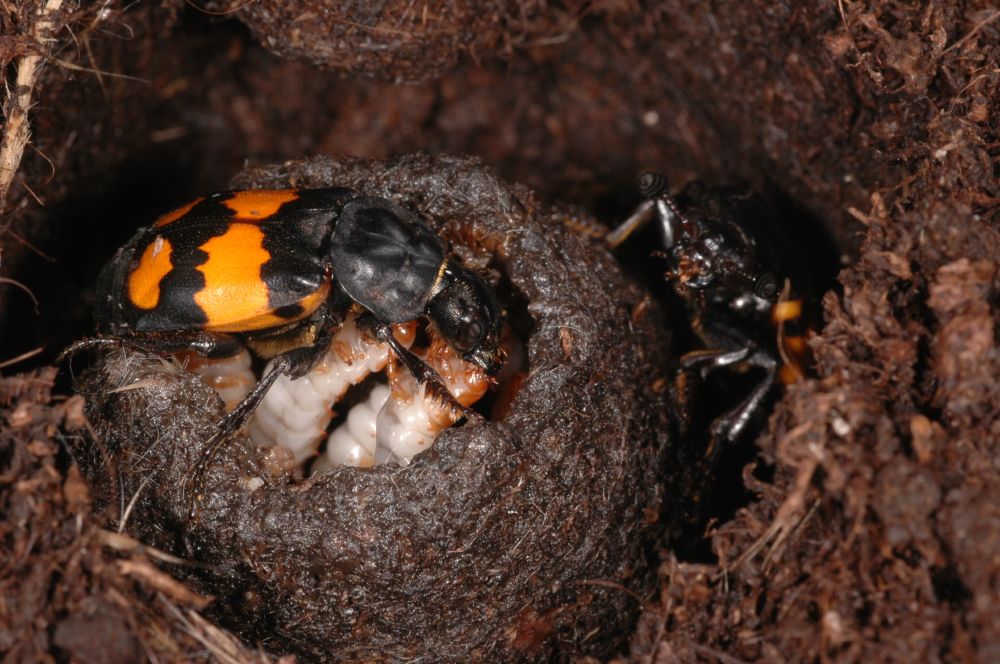
www.journals.uchicago.edu/doi/10.1086/...




Sodium channels from 39 amphibians revealed some fascinating evidence for gene conversion
#Evol2025 #Evol25
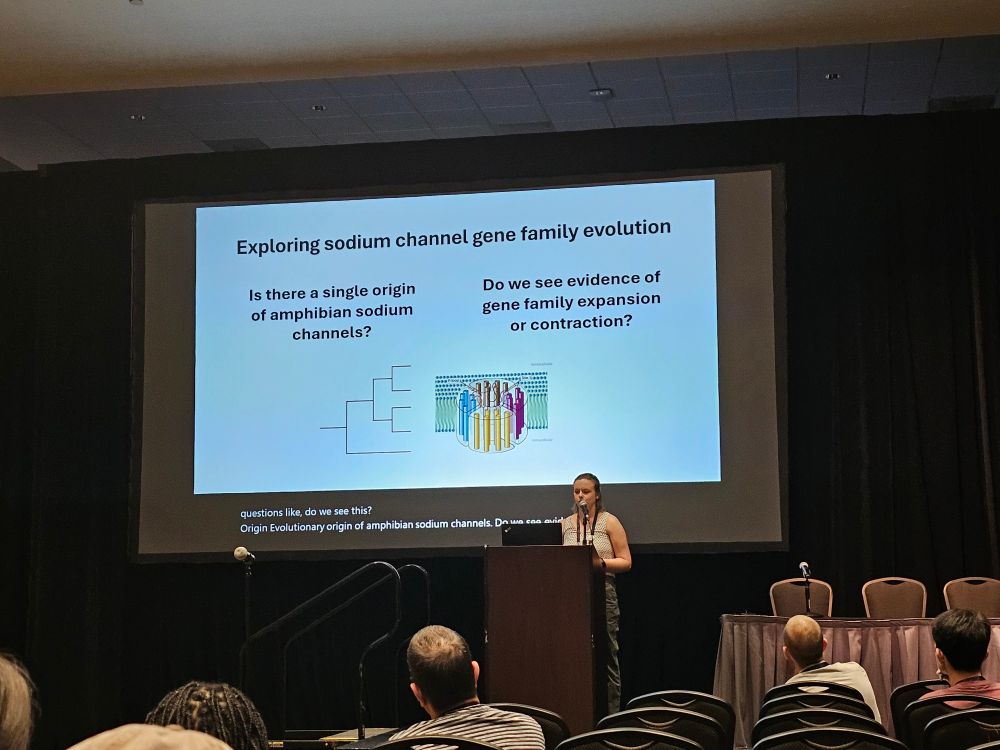
Sodium channels from 39 amphibians revealed some fascinating evidence for gene conversion
#Evol2025 #Evol25



